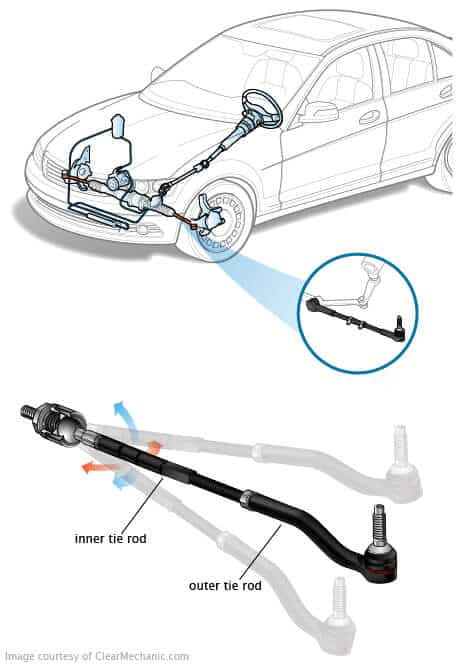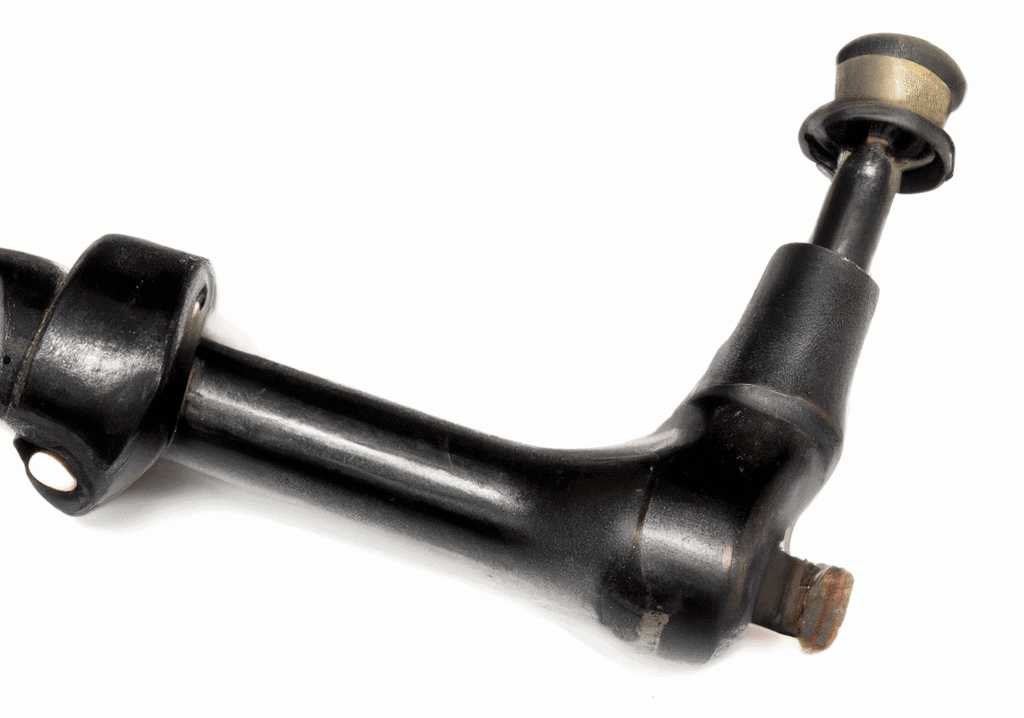The outer tie rod end is a crucial component of your car’s steering system, connecting the steering knuckle to the steering gear and allowing the wheels to turn smoothly and accurately. In this article, we’ll explore what an outer tie rod end is, how much it costs to replace one in Canada, the symptoms of a faulty outer tie rod end, and what you can do to extend the life of your tie rod.
What is an Outer Tie Rod End?
An outer tie rod end is a component of your car’s steering system that connects the steering knuckle to the steering gear. It allows the wheels to turn smoothly and accurately in response to steering input from the driver. If the tie rod end becomes damaged or worn, it can cause problems with your car’s steering, leading to reduced handling and stability.

How Much Will it Cost to Replace an Outer Tie Rod End in Canada?
The cost of replacing an outer tie rod end in Canada can vary depending on the make and model of your car, as well as the type of tie rod end you choose. On average, you can expect to pay between $200 and $500 for parts and labor. This cost includes the cost of the replacement tie rod end, as well as the cost of labor for a professional mechanic to install it. The labor time for an outer tie rod end replacement is typically around 1-2 hours, depending on the make and model of your car and the accessibility of the tie rod. Typically, your car will also need an alignment after a tie rod replacement adding another $65 to $100 to the total cost.
What are the Symptoms of a Faulty Outer Tie Rod End?
If your outer tie rod end is failing, you may notice one or more of the following symptoms:
• Loose or unresponsive steering
• Uneven tire wear
• A knocking or clunking noise when turning
• Excessive play in the steering wheel
• Vibration or shaking while driving
If you experience any of these symptoms, it’s important to have your tie rod checked by a professional mechanic.
How Often Does an Outer Tie Rod End Need to be Replaced?
There’s no set interval for replacing an outer tie rod end, as it can vary depending on driving conditions, mileage, and other factors. However, most mechanics recommend inspecting your tie rod ends for signs of wear and tear every 50,000 to 100,000 kilometers, and replacing them as needed.
How Does an Outer Tie Rod End Become Defective?
Outer tie rod ends can become defective for a variety of reasons, including exposure to heat and friction, driving on rough or uneven terrain, and exposure to road debris and contaminants. Over time, the rubber in the tie rod end can become cracked, torn, or worn, causing it to loosen and allowing the steering to become less responsive.
How Can a Faulty Outer Tie Rod End Affect Other Systems in the Car?
A faulty outer tie rod end can have a considerable impact on other systems in your vehicle. As a crucial component of the steering system, a compromised tie rod end can negatively affect your car’s alignment, handling, and stability. This misalignment can lead to uneven tire wear, putting extra stress on the suspension system and causing premature wear on components such as ball joints, control arms, and struts or shock absorbers. Moreover, a failing tie rod end can make steering more difficult and unpredictable, increasing the risk of accidents and compromising your safety on the road. To maintain optimal vehicle performance and avoid damage to other systems, it’s essential to address any issues with your outer tie rod end promptly and have it replaced by a qualified mechanic as needed.
Is it Safe to Drive with a Faulty Outer Tie Rod End?
Driving with a faulty outer tie rod end is not recommended, as it can compromise your vehicle’s steering, handling, and stability. A damaged tie rod end can cause misalignment, making steering more difficult and unpredictable, which increases the risk of accidents. In extreme cases, a severely worn tie rod end could even separate from the steering knuckle, causing a complete loss of steering control, which could be extremely dangerous to ensure your safety on the road.

How Can I Make My Outer Tie Rod End Last Longer?
There are several steps you can take to extend the life of your outer tie rod end, including:
• Avoiding rough or uneven terrain whenever possible
• Keeping your steering system properly lubricated and maintained
• Inspecting your tie rod ends regularly for signs of wear and tear
• Replacing worn or damaged tie rod ends promptly
• Using high-quality tie rod ends recommended by your car’s manufacturer
By following these simple steps, you can help extend the life of your outer tie rod end and keep your steering system operating smoothly and efficiently.
Conclusion
The outer tie rod end is a crucial component of your car’s steering system, allowing the wheels to turn smoothly and accurately in response to steering input from the driver. If you notice any of the symptoms of a failing outer tie rod end, don’t hesitate to have it checked by a professional mechanic. By taking proactive steps to maintain your tie rod ends, you can help extend their life and avoid costly repairs down the road. Remember, a little preventative maintenance can go a long way towards keeping your car safe and reliable.
